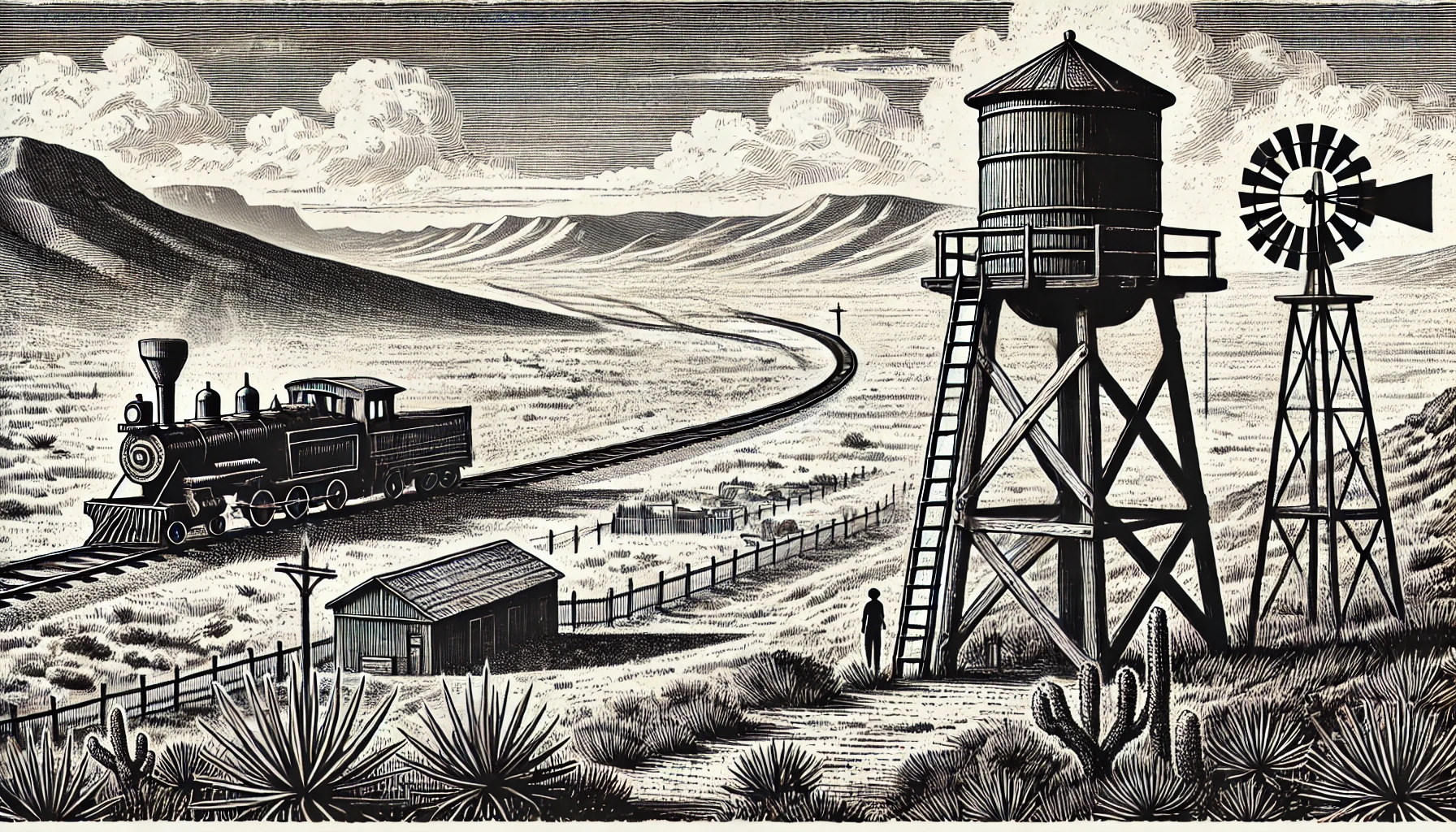Traveling Through Nebraska: Eastern Redcedar Control

Eastern redcedar, a native evergreen tree in the United States, has become a highly invasive species in the Midwest, particularly in Nebraska. Native to the southeastern United States, it has grown out of control in the state, transforming the landscape and ecosystems. Eastern redcedar control is an essential management practice to restore and preserve native ecosystems, such as prairies and savannas, that are critical for biodiversity conservation and wildlife habitat preservation.
Eastern redcedar was once a rare species in Nebraska, but it has spread rapidly due to various factors, including changes in land use, climate change, and the lack of natural fire regimes. The species has become a dominant feature in many areas, including the Sandhills region, the largest grassland in the world, which spans across north-central Nebraska. For example, the Nebraska Sandhills receive inadequate rainfall, resulting in tree cover expansion. Moreover, the area has experienced an increase in the number of eastern redcedars due to fewer natural fires occurring.
In areas such as the Niobrara National Scenic River, an approximately 76-mile-long stretch of pristine river corridor that flows through north-central Nebraska, the eastern redcedar invasion affects the natural habitats of wildlife. For instance, the area is known for its populations of white-tailed deer, box turtles, and bobcats, which thrive in native vegetation. Eastern redcedar control, in this case, helps in preserving the food sources and habitats for these native species.
Several control methods are being implemented in Nebraska to manage the eastern redcedar invasion. The Nebraska Game and Parks Commission, in partnership with the U.S. Fish and Wildlife Service, utilize techniques such as mowing, herbicides, and prescribed burning to control the spread of the species. In addition, organizations such as the Platte River Whooping Crane Habitat Maintenance Trust (owned by the Crane Trust) perform eastern redcedar control measures to ensure suitable habitat for the endangered whooping crane.
Ecological restoration efforts can be costly and time-consuming; therefore, a multi-stakeholder approach is necessary. Private landowners can contribute to eastern redcedar control by implementing prescribed burns and removing the trees from their properties. This approach encourages landowners to manage their land sustainably and maintain ecological balance. Additionally, there are tax incentives available in Nebraska for landowners who participate in the Conservation Reserve Program or other natural resource conservation programs.
A study by researchers from the University of Nebraska-Lincoln analyzed the environmental and economic benefits of controlling eastern redcedar in the state. According to the research, removing eastern redcedar and restoring native vegetation could potentially generate significant revenue from carbon credits and wildlife tourism.
Eastern redcedar control is an ongoing management challenge, and addressing the invasion demands a collaborative approach and continued research. The partnership of state agencies, landowners, and scientists can lead to effective management of the species, thereby preserving Nebraska's unique ecosystems and promoting biodiversity.
Effective eastern redcedar control ensures that Nebraska's diverse ecosystems and wildlife can thrive for future generations. This invasive species illustrates the importance of proactive management and conservation efforts in preserving the integrity of natural ecosystems.
Eastern redcedar was once a rare species in Nebraska, but it has spread rapidly due to various factors, including changes in land use, climate change, and the lack of natural fire regimes. The species has become a dominant feature in many areas, including the Sandhills region, the largest grassland in the world, which spans across north-central Nebraska. For example, the Nebraska Sandhills receive inadequate rainfall, resulting in tree cover expansion. Moreover, the area has experienced an increase in the number of eastern redcedars due to fewer natural fires occurring.
In areas such as the Niobrara National Scenic River, an approximately 76-mile-long stretch of pristine river corridor that flows through north-central Nebraska, the eastern redcedar invasion affects the natural habitats of wildlife. For instance, the area is known for its populations of white-tailed deer, box turtles, and bobcats, which thrive in native vegetation. Eastern redcedar control, in this case, helps in preserving the food sources and habitats for these native species.
Several control methods are being implemented in Nebraska to manage the eastern redcedar invasion. The Nebraska Game and Parks Commission, in partnership with the U.S. Fish and Wildlife Service, utilize techniques such as mowing, herbicides, and prescribed burning to control the spread of the species. In addition, organizations such as the Platte River Whooping Crane Habitat Maintenance Trust (owned by the Crane Trust) perform eastern redcedar control measures to ensure suitable habitat for the endangered whooping crane.
Ecological restoration efforts can be costly and time-consuming; therefore, a multi-stakeholder approach is necessary. Private landowners can contribute to eastern redcedar control by implementing prescribed burns and removing the trees from their properties. This approach encourages landowners to manage their land sustainably and maintain ecological balance. Additionally, there are tax incentives available in Nebraska for landowners who participate in the Conservation Reserve Program or other natural resource conservation programs.
A study by researchers from the University of Nebraska-Lincoln analyzed the environmental and economic benefits of controlling eastern redcedar in the state. According to the research, removing eastern redcedar and restoring native vegetation could potentially generate significant revenue from carbon credits and wildlife tourism.
Eastern redcedar control is an ongoing management challenge, and addressing the invasion demands a collaborative approach and continued research. The partnership of state agencies, landowners, and scientists can lead to effective management of the species, thereby preserving Nebraska's unique ecosystems and promoting biodiversity.
Effective eastern redcedar control ensures that Nebraska's diverse ecosystems and wildlife can thrive for future generations. This invasive species illustrates the importance of proactive management and conservation efforts in preserving the integrity of natural ecosystems.
